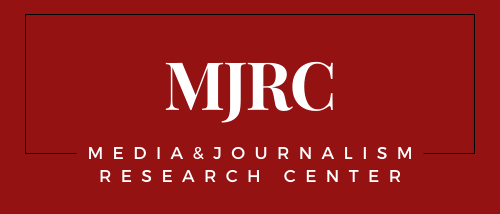State Media Monitor Methodology
Research cycles
The methodological foundation for this study is the State Media Database that was created by Marius Dragomir in 2004 and updated by teams of experts working with various institutions he led, especially Center for Media, Data and Society (CMDS) at CEU in Vienna, and its successor, Media and Journalism Research Center (MJRC), as follows:
a). Global update (2006, 2010, 2013, 2020-2023);
b). Latin America (2006, 2012, 2023);
c). European countries, North America, Australia and New Zealand (2005, 2009, 2012, 2013, 2015, 2017, 2020, 2023);
d). Sub-Saharan Africa (2014, 2023);
e). Asia (various regions including parts of Eurasia) in 2005, 2008, 2012, 2015, 2019, 2023;
f). MENA (2015, 2019, 2023).
Country coverage
During the latest update in 2022, six more countries were included as follows: Iceland, Liechtenstein, Luxembourg, Monaco, North Macedonia in Europe and Malawi in Africa. In Luxembourg and Monaco, no state-administered media were identified. The sample of countries in the latest update in 2023 has remained unchanged.
Changes in methodology in 2022
Our methodology presents media outlets as individual entities that provide media services on various channels (television and radio stations, print titles, news portals). To be able to consistently compare trends across countries and regions, In our analysis we count the media operators as entities not the number of channels/assets these operators have in their portfolio. When such entities have unusually large portfolios of outlets taken over as a way to capture media (such as KESMA in Hungary), we mention that in the analysis.
In the 2022 update, we identified all media outlets that are run as individual operators and counted them as entities. This change has affected a few countries (such as Nigeria where as of this year we count all the outlets in operation at the State Level, versus Federal Level, as separate entities). Where state media are operated by one government unit/company, we continue counting them as one entity.
Criteria
The main criteria used in the creation and structure of the State Media Database are threefold: a). funding; b). management and governance; c). editorial control.
The methods used to categorize the state media are the following:
Step 1: Collection of data on
a). Funding: the budget of state media and the source of funding
Sources:
Tier 1 sources: annual reports of state media, legal acts that establish the funding model of state media
Tier 2 sources: media articles, NGO reports, academic reports
Tier 3 sources: interviews with media experts or sources in the media outlet, information from investigative reports
b). Management and governance
Sources:
Tier 1 sources: annual reports of state media, legal acts that establish the governance model of state media
Tier 2 sources: media articles, NGO reports, academic reports
Tier 3 sources: interviews with media experts or sources in the media outlet, information from investigative reports
c). Editorial control
Sources:
Tier 1 sources: legal acts or statutes that establish the mission of the outlet as a state propaganda unit, public statements by government officials establishing the propaganda role of the outlet
Tier 2 sources: media articles, NGO reports, academic reports
Tier 3 sources: interviews with media experts or sources in the media outlet, information from investigative reports, content analysis (in specific geographical contexts)
Step 2: Data analysis
Using the data gathered in each country and the criteria described in this study, the media outlets have been categorized according to the models introduced by the State Media Matrix.
For the detailed set of definitions and criteria used in the study, check the State Media Monitor page.
Support independent media research – your donation helps keep our work open.
Donate